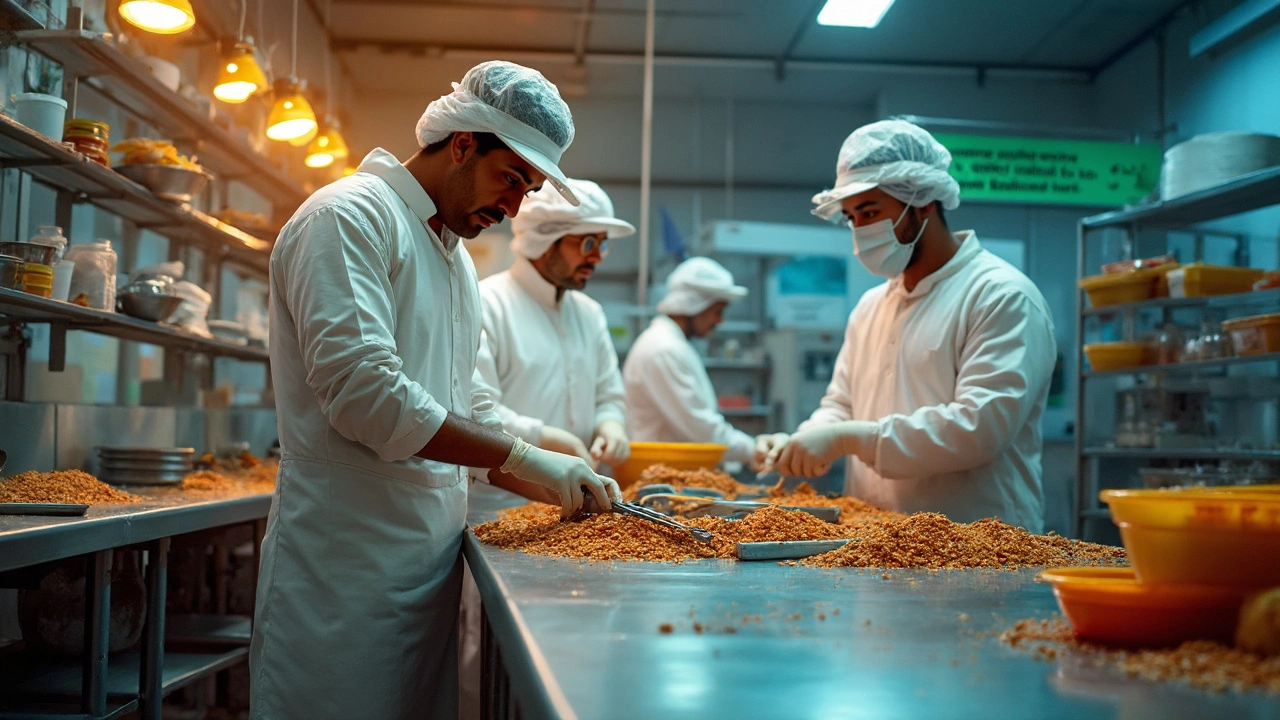Hygiene in Manufacturing: Simple Steps to Keep Your Plant Clean and Safe
Running a factory means juggling machines, people, and raw materials. One thing that often slips through the cracks is hygiene. A dirty floor or unclean equipment can cause product defects, safety hazards, and even costly shutdowns. The good news? Improving hygiene doesn’t require a massive budget—just a few clear habits and a solid plan.
Set Up a Straightforward Cleaning Schedule
Start by mapping out when each area needs attention. Break the plant into zones: production floor, storage, break rooms, and office spaces. Assign daily, weekly, and monthly tasks to each zone. For example, sweep and mop the floor every shift, wipe down machines at the end of each day, and deep‑clean storage racks once a month. Write the schedule on a whiteboard or use a simple spreadsheet so everyone can see it.
Give each task a responsible person. When workers know exactly what they’re accountable for, chores get done faster and fewer things fall through the cracks. A quick check‑list posted next to each station helps reinforce the routine.
Focus on Equipment and Tool Sanitation
Machines are the heart of any plant, but they also collect dust, oil, and food residue. Build a quick‑clean routine into the production cycle: after each batch, shut down the equipment, wipe the surfaces with a recommended cleaner, and inspect for wear. Keep a stock of cleaning brushes, solvent‑free wipes, and protective gloves nearby so workers don’t have to hunt for supplies.
If you use water‑based cleaning, make sure the drainage system can handle the runoff without creating slip hazards. For high‑precision tools, follow the manufacturer’s cleaning guide—using the wrong solvent can damage parts and affect product quality.
Employee Hygiene Matters Too
People can be the biggest source of contamination. Encourage simple habits: hand‑washing stations with soap at every entry point, disposable gloves for tasks that involve direct contact with products, and regular hand‑sanitizer refills. Post short reminders near doors—think "Wash hands before entering the floor"—in clear, bold font.
Provide clean uniforms or cover‑alls that are changed daily. If workers share lockers, ensure they’re kept tidy and emptied regularly. Small changes like these cut down on bacteria and keep the work environment comfortable.
Follow Regulations and Industry Standards
India’s food and pharma sectors have strict hygiene rules, and even non‑food manufacturers benefit from those standards. Familiarize yourself with ISO 14644 (cleanroom classification) and FSSAI guidelines if you handle consumables. Document every cleaning activity—date, time, who performed it, and what product was used. This record not only helps during audits but also lets you spot patterns, like a recurring hot‑spot that needs extra attention.
Manage Waste Properly
Waste that sits around can attract pests and cause smells. Separate waste streams at the source: metal scraps, packaging, and organic waste each go into labeled containers. Empty these bins before they overflow and schedule regular pickups with a licensed waste‑disposal partner.
When possible, recycle metal and plastic. Recycling not only reduces landfill load but also saves money on raw material purchases.
Benefits You’ll See Fast
Improving hygiene pays off quickly. Expect fewer product re‑works, lower defect rates, and smoother inspections. Workers feel safer, which reduces absenteeism and boosts morale. And because clean plants run more efficiently, you’ll notice lower energy use—clean filters mean machines don’t work harder than they need to.
Start small: pick one zone, create a daily cleaning checklist, and watch the difference. As the habit sticks, expand the plan to cover the whole facility. Consistent, simple actions add up, giving you a cleaner, safer, and more profitable manufacturing operation.

5S in Food Processing: A Game Changer for Clean, Safe, and Efficient Workspaces
Curious about 5S in food processing? This article breaks down each of the 5S steps, showing why they are essential in keeping food processing units clean, safe, and organized. Learn how 5S not only boosts safety but also helps teams work faster and cut down waste. See real-world examples, practical tips, and simple explanations you can put into practice in your kitchen or factory. Let’s make food processing better, one S at a time.
Read More